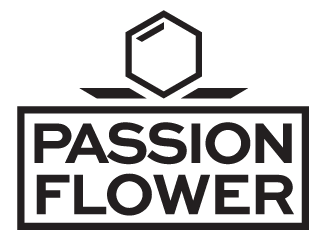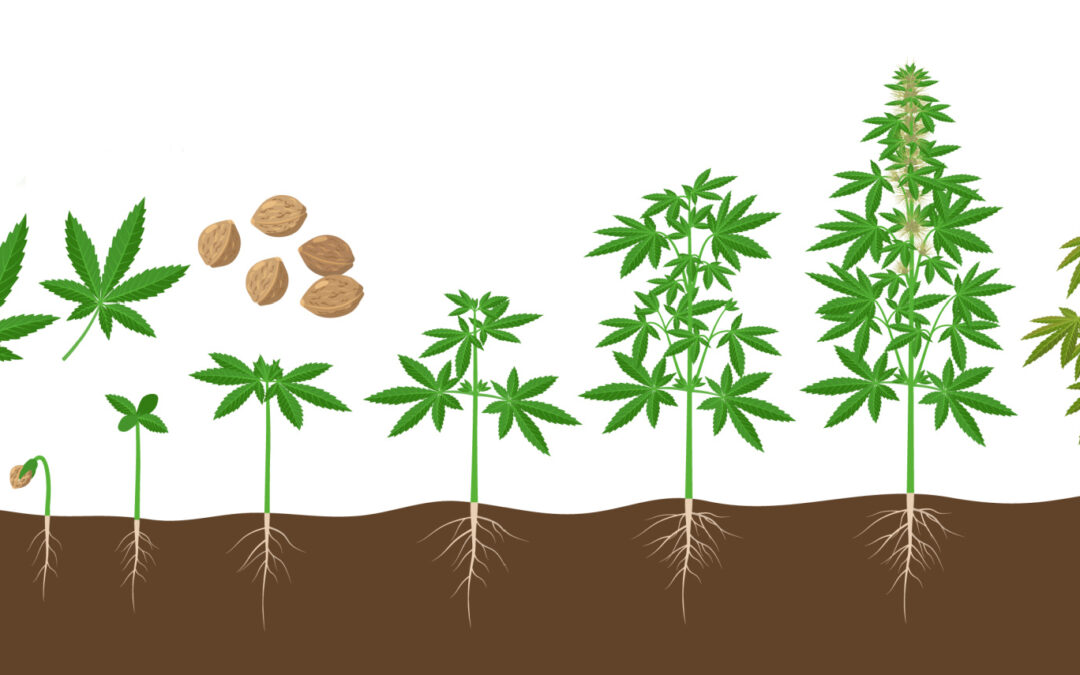Cannabis Anatomy
Cannabis is a flowering plant in the Cannabaceae family, which includes three primary species: Cannabis Sativa, Cannabis Indica, and Cannabis Ruderalis. While all three plants are fairly similar in appearance, they each have unique characteristics that set them apart.
The cannabis plant is composed of many different parts, each with its own unique purpose and role in the plant’s overall function. To better understand how cannabis works, it’s essential to understand the different parts of the plant and what they do.
The Leaves
The leaves of the cannabis plant are where most of the action takes place. The leaves are covered in tiny, finger-like structures called trichomes, which produce the plant’s cannabinoids, terpenes, and flavonoids. These chemicals are responsible for the plant’s various effects on the human body.
The Stem
The stems of the cannabis plant are where the leaves attach and where most of the plant’s support comes from. The stem is also home to the plant’s vascular system, which carries water and nutrients throughout the plant during its growth cycle.
The stems are important for hemp plants specifically, as they are used to create hemp fiber. Hemp fiber has a variety of uses, including rope, fabric, and paper. You can learn more about the various uses of hemp here!
The Roots
The roots of the cannabis plant are responsible for anchoring the plant in the ground; they’re also crucial when it comes to absorbing water and nutrients from the soil (or whatever medium is used to grow – such as rockwool, or water if the plants are grown hydroponically). The roots also play a role in storing food reserves that the plant can use during stress.
The Flowers
The flowers of the cannabis plant are where the plant’s reproductive organs are located. This is why it’s important to keep male and female plants separated, as they’ll very easily breed with each other if they’re in the same room. The flowers are also where trichomes grow, which produce the plant’s cannabinoids, terpenes, and flavonoids.
The Pistils
The pistils of the cannabis plant are tiny, hair-like structures that protrude from the flowers. The pistils are responsible for trapping pollen from male plants, which is then used to fertilize female plants.
The Seeds
The seeds of the cannabis plant are where new plants come from. While adult plants can be cloned, the only way to get truly “new” genetics is through growth from seeds. Cannabis seeds can be harvested from both male and female plants, but only female plants will produce buds.
Cannabis plants can be either male, female, or hermaphroditic. Male plants produce pollen, which is used to fertilize female plants. Female plants have flowers, which contain the plant’s reproductive organs.
Products of Cannabis
Cannabis can be used to create a variety of products, including, but not limited to:
- Cannabis tincture oil: Cannabis oil is extracted from the leaves, flowers, and stems of the cannabis plant. It is then mixed with a carrier oil.
- Cannabis edibles: Cannabis edibles are food products infused with cannabis oil. Cannabis edibles can include candy, cookies, brownies, and more.
- Cannabis topicals: Cannabis topicals are products that are applied to the skin. They can be used for pain relief or to improve the appearance of the skin.
- Cannabis concentrates: Cannabis concentrates are products made by extracting cannabinoids, terpenes, and flavonoids from the cannabis plant. Cannabis concentrates can include hash, wax, shatter and more.
In Conclusion
Cannabis is a complex plant with many different parts, each with its purpose. By understanding the other parts of the plant, you can better understand how cannabis works and what all it can be used for. Cannabis can be use to create a variety of products, including oil, edibles, topicals, concentrates and more!
Thanks for reading,


